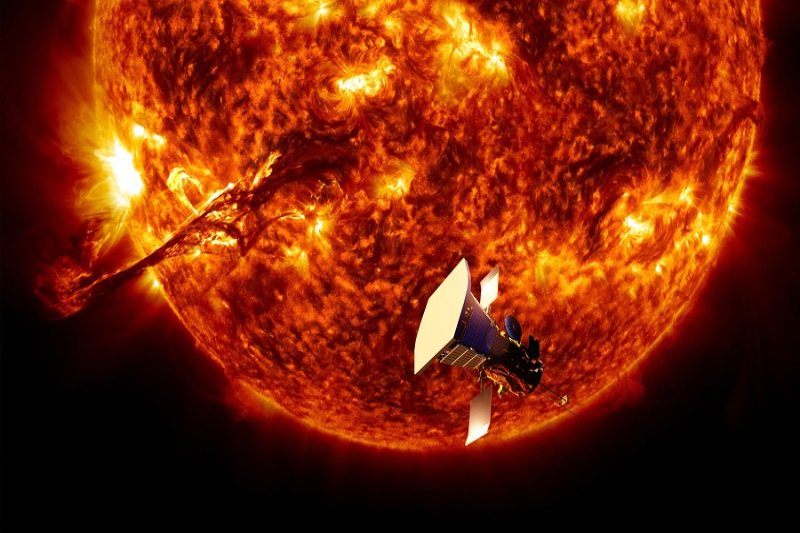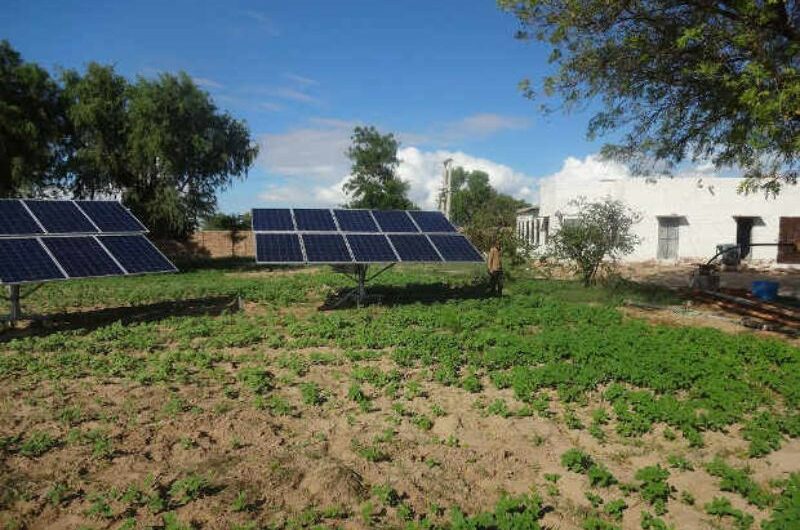The culmination of India’s “celestial surya namaskar” is near. The Aditya-L1 satellite, India’s first space-based solar observatory, will arrive at its new residence in the coming five years. The satellite is expected to arrive at its intended orbit on January 6 at 4 p.m., according to the Indian Space Research Organization (ISRO).
It has taken a roundabout path covering around 3.7 million kilometers to arrive at its “karambhoomi,” or “land of action.” Aditya is in good health, according to ISRO, and scientific data has begun to come in after it sent back stunning pictures of the Sun’s entire disc.
Aditya’s orbit, which is about 1.5 million kilometers from Earth, resembles a halo. The Sun is about 150 million kilometers away from Earth, thus even if the orbit is closer to the Sun than the Earth, it will still be quite far away.
“The uninterrupted and continuous view of the Sun provided by the Indian Solar Observatory will aid in our understanding of space weather. “It will function as a platform for solar storm forecasting and warning,” stated Nigar Shaji, the U R Rao Satellite Center in Bengaluru’s Project Director for the Aditya-L1 satellite.
Large-scale magnetic eruptions on the Sun that have the potential to affect the entire solar system are known as solar storms.
“Since Aditya-L1 will look at Sun continuously, it can warn us of imminent solar electro-magnetic effects on Earth and protect our satellites, and other power electrical and communications networks from getting disrupted. This will help continue normal operations by operating them in safe modes, till the solar storm passes by,” S Somanath, Chairman, ISRO, told NDTV, adding that India has assets worth over ₹ 50,000 crores in space including over 50 operational satellites that need to be protected against the effects of the Sun.
“Aditya-L1 satellite will act as a space-based protector of sorts, keeping an eye on solar flares and ensuing solar storms,” he explained.
The electronics of the satellites can be destroyed by a powerful solar flare that emerges from the Sun. Space engineers turn off the electronics and leave them in a safe shutdown mode until the intense storm passes over in order to protect them.
“Aditya-L1 is an intelligent satellite. It will never sleep and will keep a hawk’s eye on the activities of Earth’s nearest star to warn when the Sun’s wrath will impact us,” said Prof Somak Raychaudhury, astrophysicist at Ashoka University.
A scientist from the Inter-University Centre for Astronomy and Astrophysics (IUCAA) in Pune named Prof. Durgesh Tripathi stated that “the complex space telescope” is a chance that scientists only come upon once in a lifetime.
The Aditya-L1 Scientific Suite
The primary scientific goals of the Aditya-L1 mission, according to ISRO’s statement, are to:
- Examine the dynamics of the solar upper atmosphere (corona and chromosphere).
- Examine the physics of the partially ionized plasma, flares, chromospheric and coronal heating, and the beginning of the coronal mass ejections.
- Monitor the in-situ plasma and particle environment, supplying information for the investigation of particle dynamics from the Sun.
- Examine the solar corona’s physics and heating process.
- Coronal and coronal loop plasma diagnostics: density, velocity, and temperature
- The formation, motion, and source of CMEs (Coronal Mass Ejections)
- Determine the chain of events that starts at the base, extends into the extended corona, and ends at the chromosphere to cause solar eruptions.
- Topology of magnetic fields and magnetic field observations in the solar corona
Space weather drivers: the genesis, composition, and behavior of solar wind











